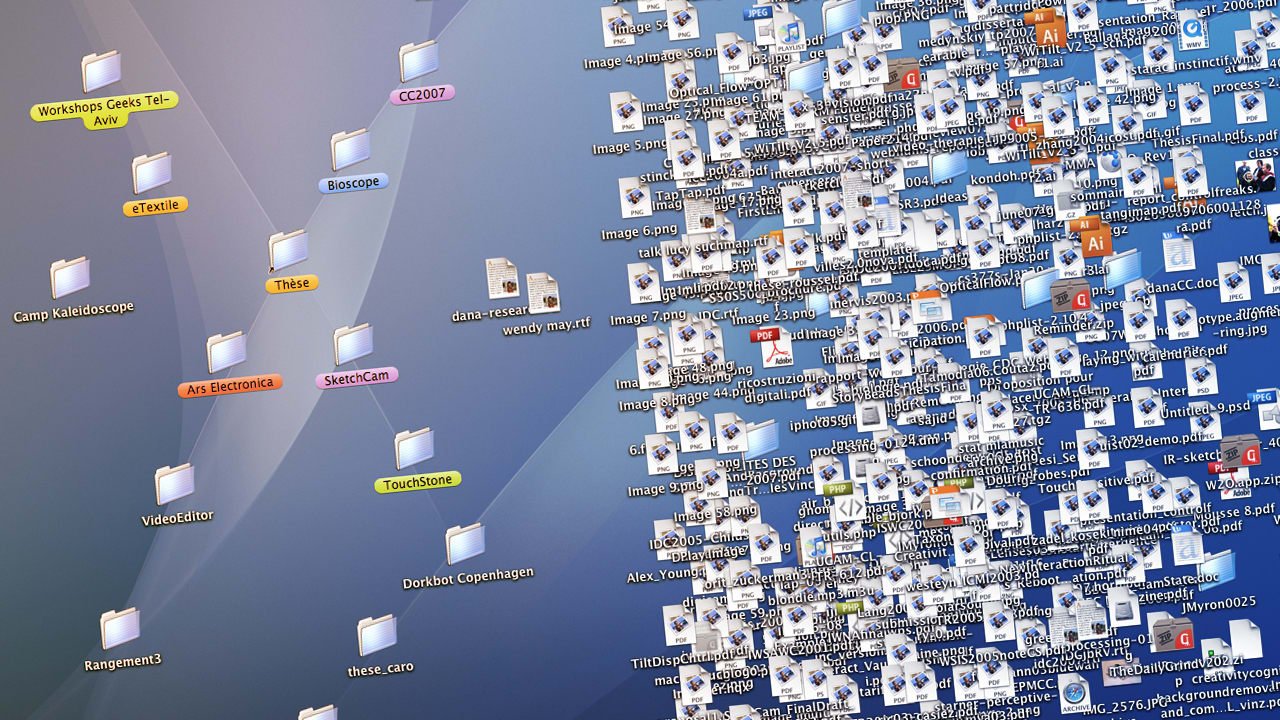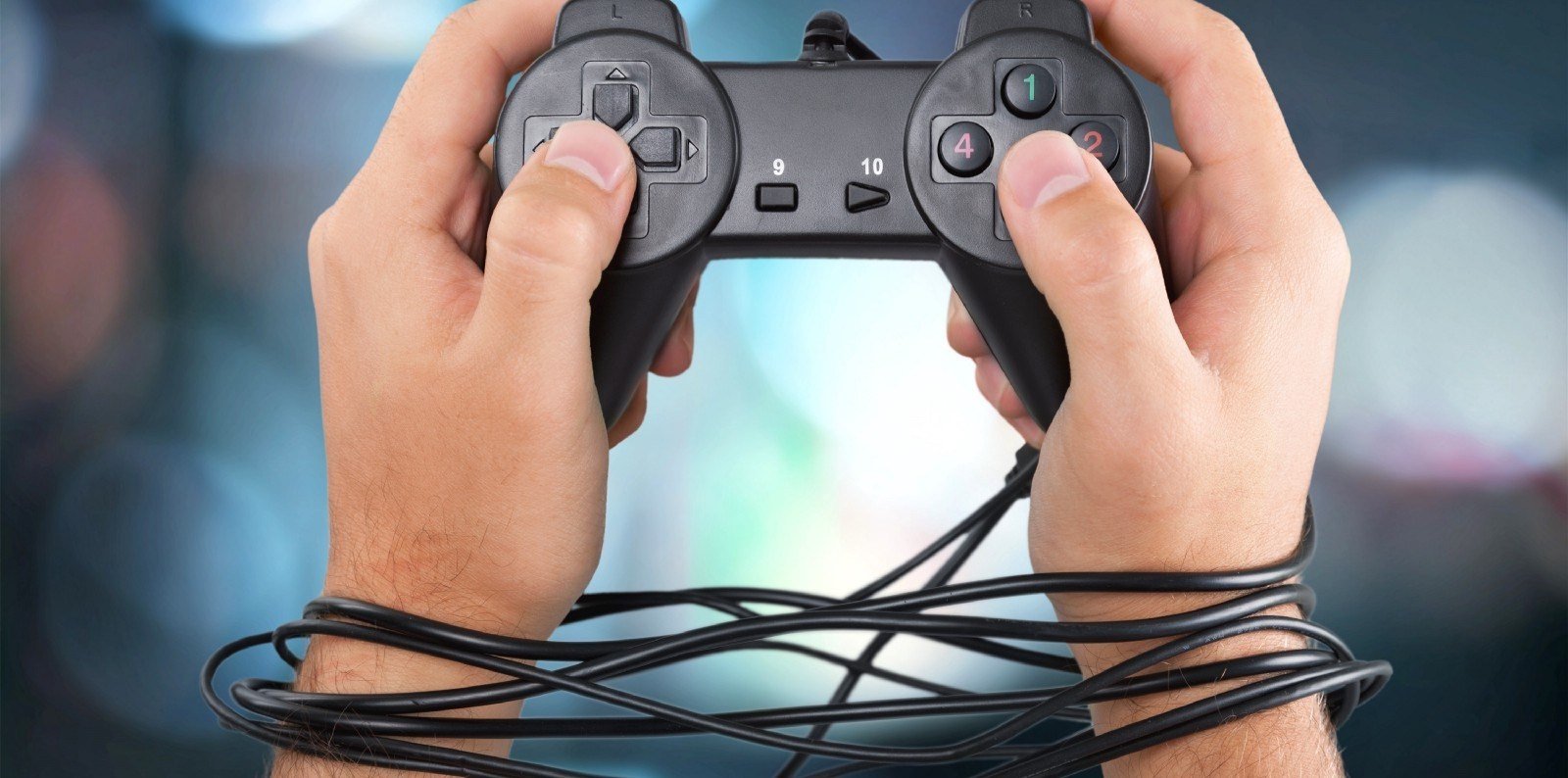© 2000-2023 - Enkey Magazine - All rights reserved
ENKEY SNC - VAT ID IT03202450924 / REA Code CA253701 - Phone. 078162719
Nowadays everything of the real life poured into the digital world, included some psychological disorder.
Between the most common disorders there are the ones enclosed in the obsessive compulsive, which can be minor and almost not affect the life of the people, or leading into much more severe and alarming situations. Now, thanks to a recent studio, we have the confirm that this specific mental disorder affects not only the real life, but even the digital one.
It’s not unusual to have the mail packed or a myriad of pictures stored on our smartphone. But if even the only though to lose some of them makes you anxious and distressed, you might be a digital crazy hoarder.
By the way this isn’t the only disorder appeared with the arrive of the digital and ultraconnected age.
Digital Hoarding
The obsessive compulsive disorder which become digital hoarding has been studied by the researchers of the University Monash, in Australia. “The access to a lot of documets, images, videos, email brings to a loop of takeover, storage and sharing which gets fixed in the storage of a massive quantity of digital contents”.

All of it starts from the really low prices for the data storage, which force us to not feel the cleaning of the email or the selection of pictures, videos and documents, a need.
Anyway it doesn’t seem really strange, unless, in the moment where we really need to “clean up”, we don’t start to feel a nosense panic and an inability to get rid of unnecessary things.
The disorder is the digital twin of the crazy hoarding already known, which brings the houses of the patients to get full of useless objects until to make their life unlivable.
The quantity of digital material isn’t lower than the one that we can have in the real world. It’s enough to think that in the world every day are sent 270 billions of emails and shooted with smartphones 4,7 trillions of pictures.
The fact that those aren’t physically bulky, doesn’t mean that this isn’t similarly alarming to not be able to get rid of some tens of thousands of useless files.
To suffer of the disorder are mostly youth between the age of 20 and 30. They, infact, are dealing with a difficult passage to the adult life, where arrives responsabilities that they are not always able to manage.
The name given to this disorder is digital hoarding. “The inability to let go and to efficiently manage the digital content, bringing to confusion, but even to tense relations with family, friends colleagues and bosses, until to comprimise jobs and relationships”.
Disorders by videogames’ usage
Like we said, the delicate passage that many generations have faced with, by fully living the advent of the digital era, brought to the birth of a serie of disorders.
Disorders connected to the usage of internet, videogames, etc, of which the digital hoarding is just the last one of a long list. Obviusly we are talking about a reckless, messy and insane usage.

Last year, infact, it was finally included in the list of the recognised mental disorders even the “gaming disorder”.
It’s a gaming addiction, which, there is already for years and in the world there are already many recovery centers. Even though this it’s been classified as a real sickness only an year ago.
Digital narcissism
There are things became now such a daily must that considering them a disorder sounds strange. This needs of likes and followers, this increasing obsession of many, reasearching online approval, it might lead into a mental disorder, like, for example, the digital narcissism.

Two of the most common symptoms of the digital narcissism are the oversharing and the selfie. Two actions that taken to their extreme can bring to a disorder to not understimate.
The disorder brings you to share ever more, always much more informations, with the whole digital community, until to make it enters in your deepest intimate.
The intimate shown to all, enhanced by the social networks, brought to the issuing of the word extimacy. This even though was not born for this purpose, was the pioneer for the psychologist Tisseron, for his fight against the digital narcissism.
“The wish for extimacy refers to the desire to show a portion of one’s intimate life, of which we ignore the value ourselves, with the risk to arise disregard or even refusal to the interlocutors, but with the hope that in their look they recognise the value and they make it so to our eyes”.
Those are just some of the disorders born in the last decades. Disorders linked to a ultraconnected life, which is often mistaken for reality and that, unfortunatelly, brings to severe disorders from which we must stay away.
This post is also available in:
![]() Italiano
Italiano
